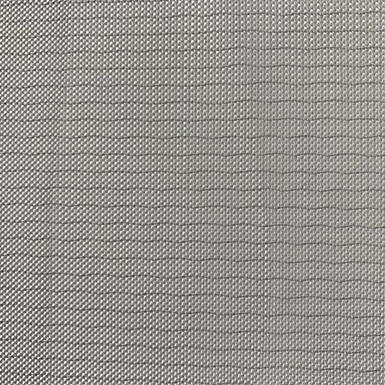Conveyor belt fabrics are used to reinforce conveyor belts. They are manufactured from a combination of polyester and polyamide threads that provide exceptional strength-to-weight ratio, flexibility, and resistance to impact and chemicals. These fabrics are typically treated to prevent elongation, and are then combined with rubber covers for protection against extreme temperatures, abrasions, cuts and fire. The increasing adoption of conveyor systems in industries across the globe is fueling the growth of the conveyor belt fabric market.
The mechanical properties of conveyor belt fabrics depend on a number of factors including yarns, loom settings, weave types and other processes involved in creating the final conveyor belt such as latex impregnation and vulcanization. It is important to ensure that these fabrics have the best possible mechanical properties in order to achieve optimal results during operation of the conveyor belts.
Currently, a wide variety of conveyor belts are available in the market. Each of these conveyor belts has different specifications and needs, which are dictated by various industry guidelines. One such requirement is the use of a special fabric that has excellent adhesion to rubber. Conveyor belt fabrics are designed to meet this requirement, and SRF's conveyor belting fabrics are no exception. The company's Viralimalai plant uses the latest weaving and dipping technologies to manufacture world-class conveyor belting fabrics.
Weave types and patterns play an essential role in determining the tensile strength of a conveyor belt. This is because the woven structure of the conveyor belts helps in minimizing the stresses on its internal structure during the turning of the conveyor. Therefore, the choice of the woven pattern and threads used in the production of conveyor belt fabric should be made keeping in mind the required tensile strength and abrasion resistance of the conveyor.
The results of structural analysis on the conveyor belt fabrics show that their internal structures and mechanical characteristics change significantly during vulcanization, formation of the conveyor belts and heat treatment. Even though the setting parameters of the loom were kept unchanged, the structural parameters such as threads sett, fabric areal density and fabric thickness changed significantly between the fabrics of different weaves.
The emergence of newer technologies in the mining and manufacturing industries is expected to further fuel the conveyor belt fabric market. However, economic slowdowns in some regions is a key challenge to the market growth of the conveyor belt fabrics. This is because the weaker economies will affect the demand for conveyor belts, which may have a negative impact on the conveyor belt fabrics market. However, the growing demand for conveyor solutions from major industries will offset this effect in the long run.


.png)
 English
English 中文简体
中文简体















